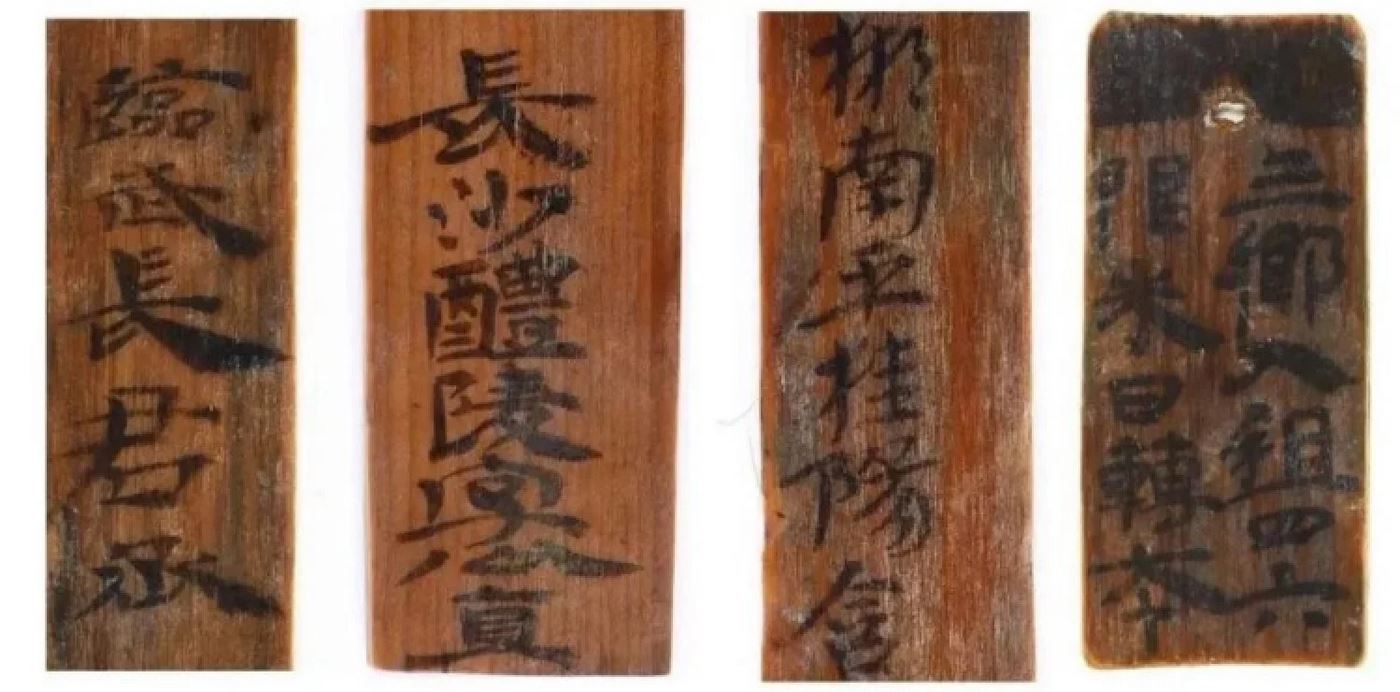An ancient trove of literary records, the kind that simply does not come about in Western archeology, was found in an old well in central China.
Dating back to the year 220 CE, 10,000 bamboo slats covered in Chinese characters reveal a wealth of information about how a nearby town was governed during the Three Kingdoms Period.
This was the backdrop upon which the greatest literary masterpiece of Chinese civilization was written: Romance of the Three Kingdoms, which tells the story of the lords and soldiers of three Chinese states as they campaign against one another in a prolonged period of strife dating back to the end of the Qin Dynasty.
These bamboo relics were made in the kingdom of Wu, as they bear a reference to the name of the era Jiahe, which marked the rule of the first king of Wu, Sun Quan, a principal character in the book.
Discovered in a pair of old water wells, a press release from the Institute of Archaeology from the Chinese Academy of Social Sciences details that the records contained on the bamboo include information about household registration, farming, mining, and other economic activities in the town of Dutou.
Known as Jiandu in Chinese, slats of bamboo were the primary instrument for writing in the region for thousands of years before the invention of silk paper and eventually rice and wood paper. 300,000 jiandu have been recovered from various periods of ancient Chinese history.
YOU’LL ALSO LIKE: 4,200-Year-Old Ceramic Storm Drains in Ancient Chinese Town Are the Oldest of Their Kind
Along with the fact that so much of ancient Chinese writing is recoverable and has been recovered, much of it is in a language that is still spoken today, and which can be read without much scholastic effort. It would be like reading Egyptian hieroglyphs, cuneiform tablets, or Mayan carvings in Roman Latin or Shakespearean English.
MORE CHINESE ARCHEOLOGY: 76,000 Gold and Silver Artifacts Recovered from Chinese River Charts Infamous 17th Century Warlord’s Conquests
The Dutou slats record with meticulous detail the system of taxation levied on the town by the central government, and where those resources would be allocated. The settlement of Dutou is part of a multi-complex area of excavations carried out during recent road repair according to Kevin McSpadden for South China Morning Post.
Over 300 infrastructural elements were identified, including roads, moats, tombs, houses, and metallurgical workshops.
SHARE This Discovery With Your Friends Who Love A Bit Of Chinese History…
